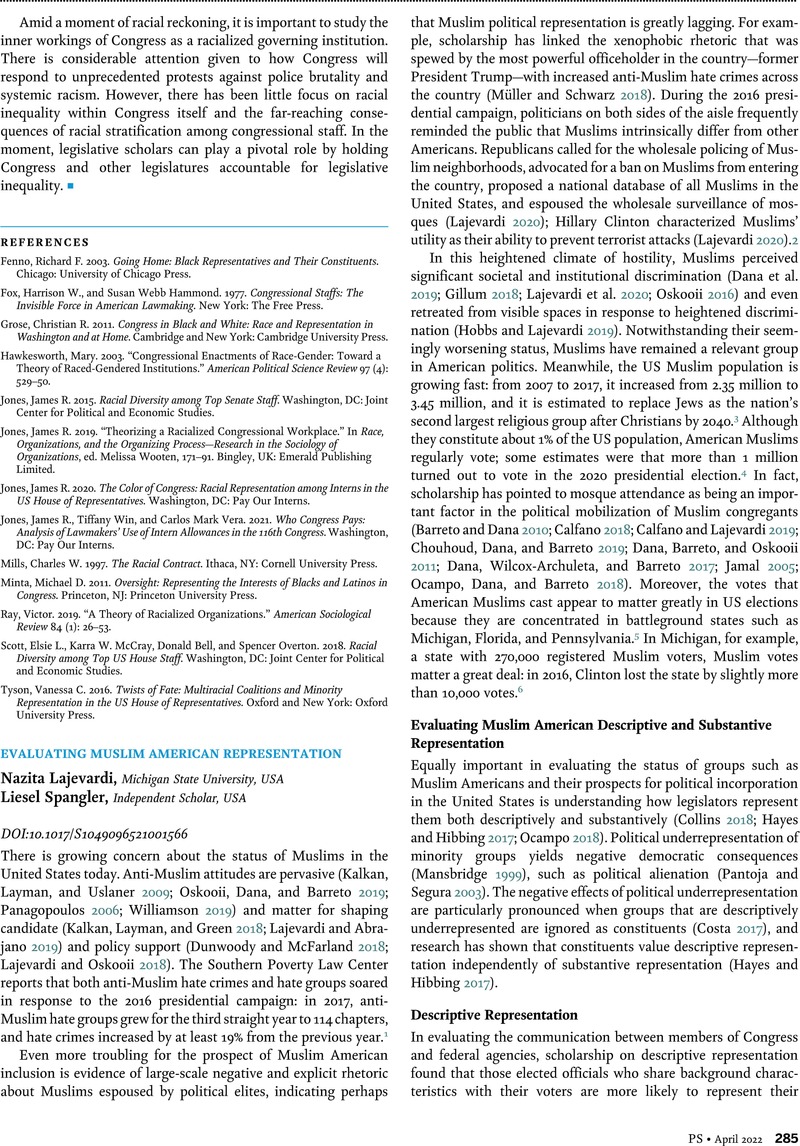Crossref Citations
This article has been cited by the following publications. This list is generated based on data provided by Crossref.
Salehi, Niloufar
Pakzad, Roya
Lajevardi, Nazita
and
Asad, Mariam
2023.
Sustained Harm Over Time and Space Limits the External Function of Online Counterpublics for American Muslims.
Proceedings of the ACM on Human-Computer Interaction,
Vol. 7,
Issue. CSCW1,
p.
1.
Gürsoy, Hatice
Cheah, Charissa S. L.
and
Balkaya-Ince, Merve
2024.
What Helps Muslim American Youth to Thrive? The Role of Maternal Promotion of Volitional Functioning and Religiosity in their Civic Engagement.
Youth & Society,



